The EURATOM research and innovation project INSIDER stands for ‘Improved Nuclear SIte characterisation for waste minimisation in Decommissioning and Dismantling operations under constrained EnviRonment’. The project develops an improved integrated methodology of characterisation based on new statistical processing and modelling, coupled with existing, adapted and innovative analytical tools with respect to sustainability and economic objectives.
Current D&D limitations
During decommission and dismantling operations (D&D) of nuclear facilities, the historical analysis conducted is too general when not coupled with some initial characterisations. Very often, this leads to overestimated volumes of waste and an over-categorisation if focusing only on the most contaminated areas. Similarly, one can observe data disparities within on-site non-destructive measurement campaigns, making results difficult to interpret. A sampling plan usually aims to determine the optimum number and spatial positions of data points to collect. Sufficient information is required in order to trust the results without the multiplication of useless data.
Optimising available data
To tackle the problem of radiological characterisation in constraint environments - which is particularly challenging due to the very limited amount of available data - an alternative statistical strategy needs to be implemented in order to limit the variability and sensibility to outliers. Within the scope of this project, several suitable approaches are under consideration, such as:
- The Bayesian inference, which allows for an updated probability for a hypothesis as soon as further evidence or information becomes available;
- Wilks methods, which are used to quantify the minimum amount of computational work required to meaningfully assess a model’s uncertainty;
- Robust probabilistic risk bounds, where the estimation of risk prediction bounds is an important element of a comprehensive probabilistic risk assessment of radioactive elements;
- Bootstrap methods, allowing assigning measures of accuracy to sample estimates.
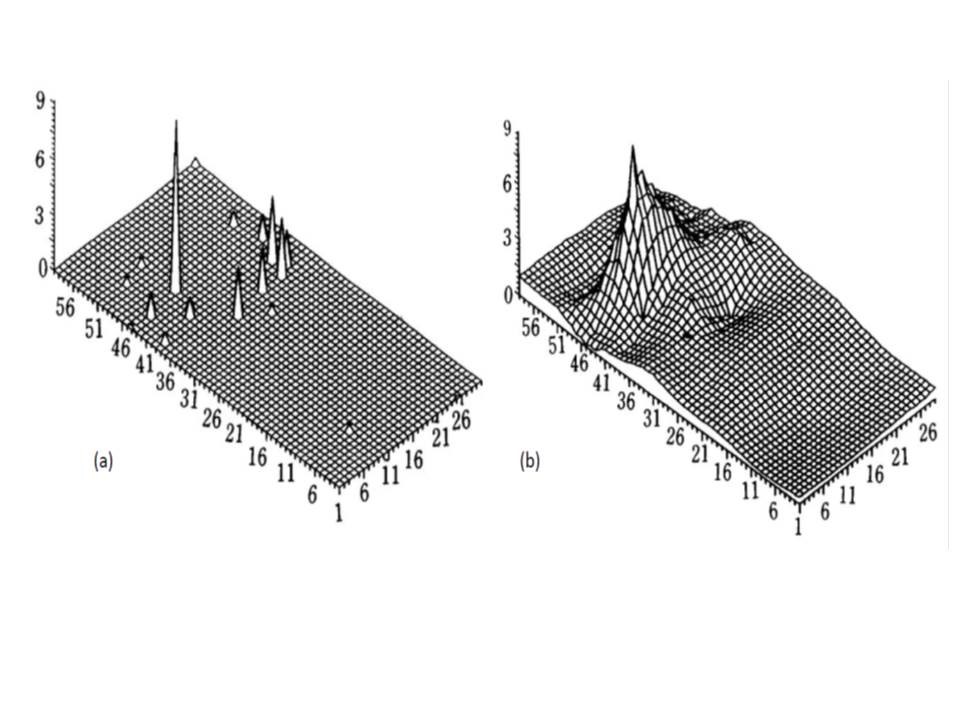
Dose rate distribution of a contaminated area (near Chernobyl). a) measured points, b) reconstructed distribution after smoothing by means of a bootstrap statistical method. © Energorisk
Characterising with precision
1 MA/HA denotes “Medium Activity/High Activity” and characterises types of nuclear waste.
2 The BR III Belgian reactor from SCK•CEN and the G1, G2 and G3 Graphite gas reactors from CEA at Marcoule in France. Contaminated soils will by studied at the CEA and at ISPRA sites in France and Italy.
3 As per ISO 18557:2017 “Characterization principles for soils, buildings and infrastructures contaminated by radionuclides for remediation purposes” or “Radiological characterisation from a waste end-state perspective, NEA No. 7373, OECD 2017”. In terms of characterisation, such international standards and guides call for the use of multi-layered techniques and innovation to establish faster, cheaper more accurate and representative techniques in particular. Reference materials and performance indicators to assess the success of characterisation are also still yet to be developed.
The three main challenges with regards to characterisation are:
- Choosing suitable and well-adapted measurement techniques for sampling approaches;
- Adapting to constrained environments of both in-situ and remote laboratory analysis techniques from a cost-effective perspective;
- Increasing the reliability of characterisations data and of interpretation models.
Whether for constrained environments in MA/HA1 or for a post-accidental remediation, laboratory analysis campaigns would consolidate the in-situ mapping through:
- Effective correlation with global radiochemical on-site measurements;
- Evaluation of a selected range of techniques that are efficient, adaptable to MA/HA environments and cost effective in terms of the characterisation of specific local areas and potential contamination structuration;
- Assessment and comparison of performances on a wide range of contaminated materials and several representative use cases.
To validate the results generated by the project, the INSIDER partners will carry out three case studies: hot cells under decommissioning, shielding systems and the analysis of contaminated soils after a nuclear accident. These installations are located in Belgium, Italy and France2.
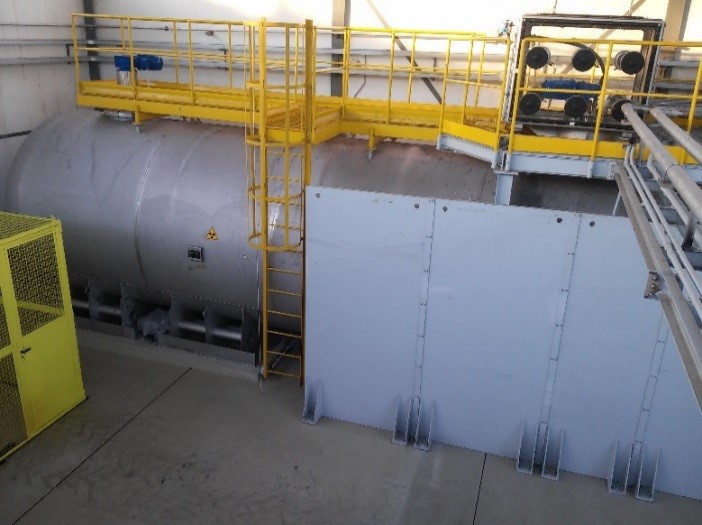
Tanks at the JRC at ISPRA (Italy), investigated for use in case 1. © JRC-ISPRA.
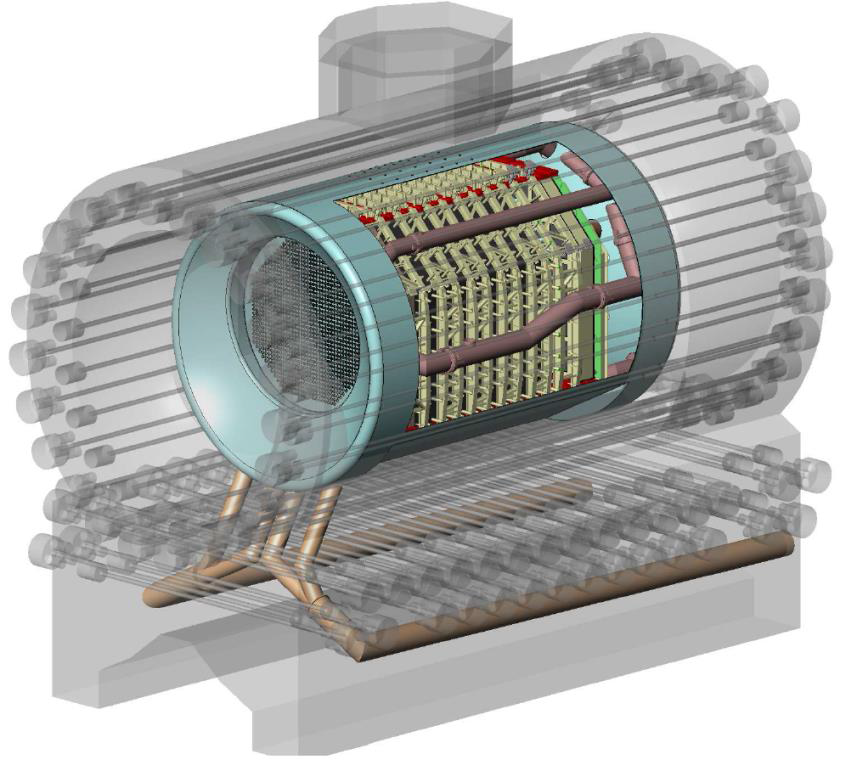
Graphite gas reactor at the CEA in Marcoule (France) for which the actual data will be applied for the qualification of the project’s sampling strategies. © CEA
An integrated approach within INSIDER
Whereas sampling techniques and statistical data processing are generally considered as standalone, INSIDER strives for an integrated approach which includes historical data evaluation, on-site measurements, sampling, scaling factors and numerical codes.
Optimisation will be achieved by estimating measurements, values and uncertainties through the use of validated methods, with accuracy determined through representative samples and a sampling strategy that implements multivariable and coupled processing to minimise the number and cost of analyses.
“Avoiding the cumulative uncertainties and approximations that strongly affect the progress of D&D projects, our proposed methodology anticipates cost saving and waste volume, as well as their categories and production according to the choices of accessible performance and available level of confidence,” sums up Danièle Roudil, coordinator of the INSIDER project.
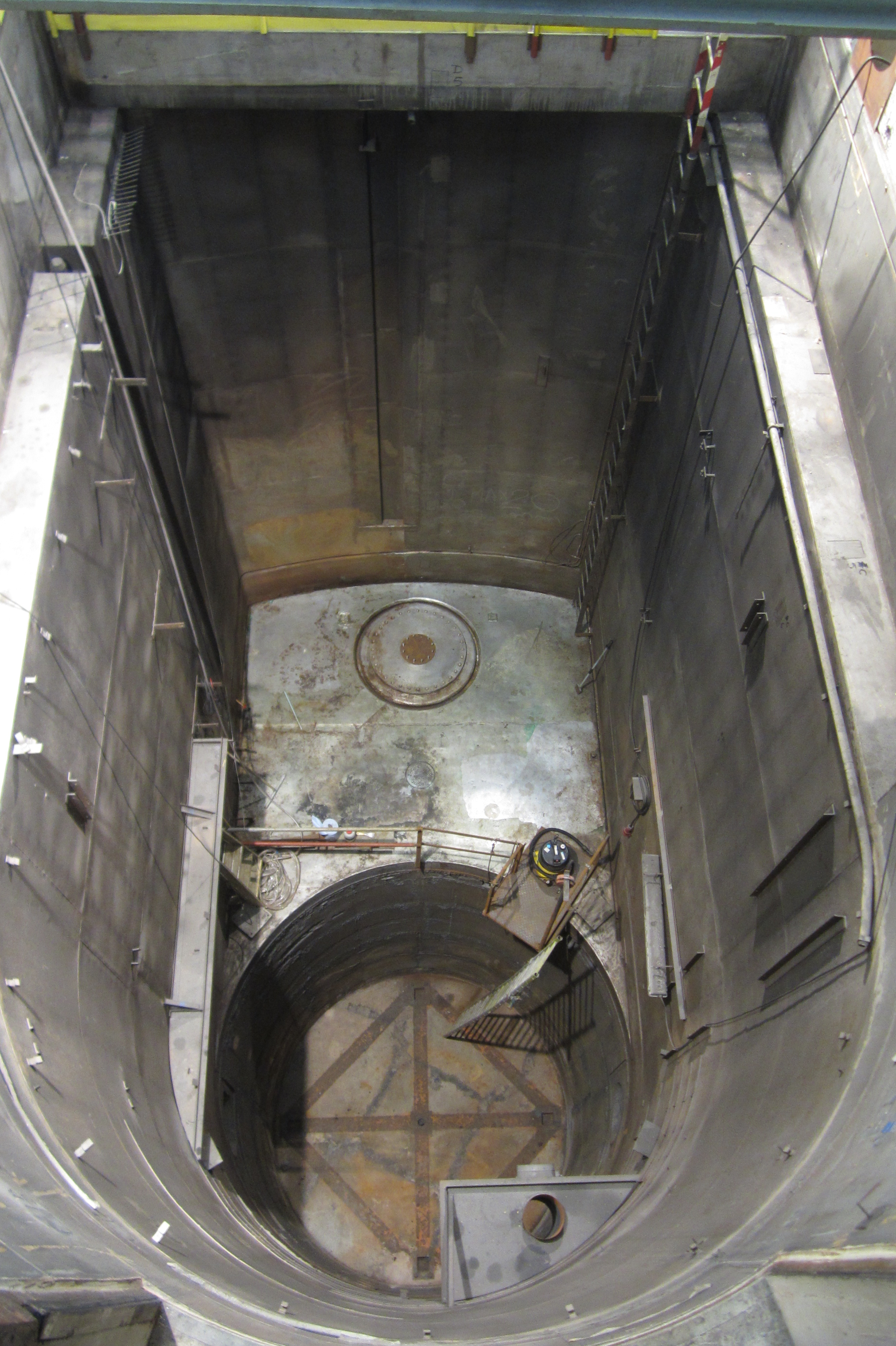
Bio shield of BRIII reactor and Co-60 previous measurements as an indication of the trend for distance from the reactor vessel. © SCK•CEN
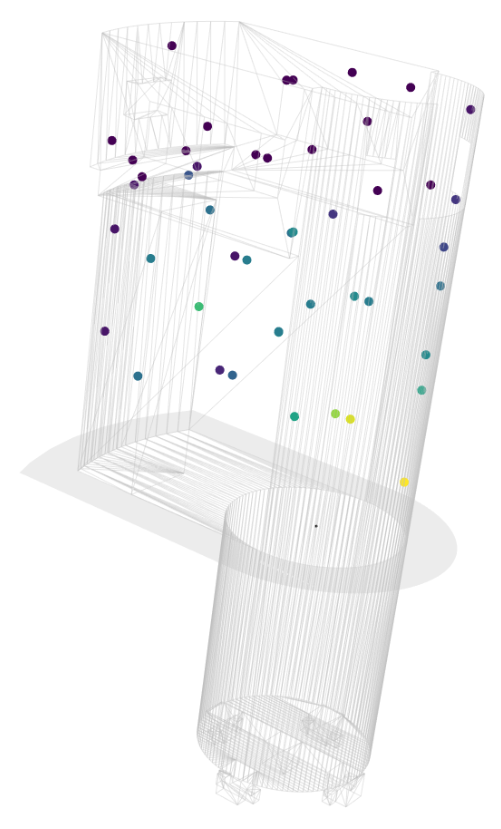
Enhancing knowledge for the European D&D community
Lastly, INSIDER will promote knowledge-sharing, bolster scientific community networks with training courses and improve industry decision-making for implementing measures. This will be achieved by working on international standardisation3 and by generating a database of statistical processing modules linked to their field of application and analysis types. “In addition to establishing standardised guidelines, INSIDER expects economic, societal and environmental consequences in the short, medium and long-term, in turn promoting reversibility and sustainability,” concludes Ms. Roudil.
About INSIDER

Launched in June 2017, INSIDER is bringing together 18 different partners from 10 European countries over a four-year period: 11 research centres, 4 SMEs, 2 nuclear operators and a services and engineering company. Having received EU funding of 4.1 million euros, the project will optimise D&D processes in order to reduce radioactive waste and improve its management. Coordinated by the CEA, its second annual meeting will be held in June 2018 at ISPRA.